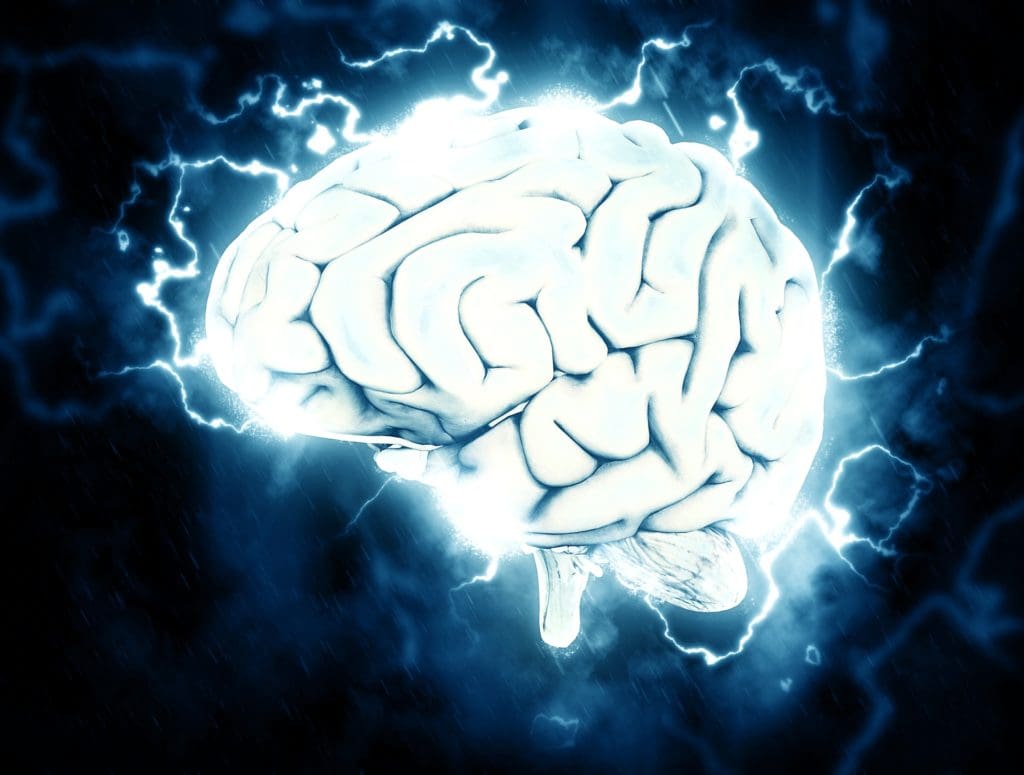The Two Types of Headaches – and How to Get Rid of Them
Headache? What’s the confusion?
If you’re a human being, chances are you’ve had a headache before. Whether it’s the result of something minor – think screaming children or a bad night’s sleep – or a serious medical condition, headaches can be a real pain in everyday life.


Most people don’t know that there are various types of headaches, each with different symptoms and approaches to treatment. Being able to identify which type of headache you’re experiencing will allow you to more quickly deal with it, and recognize when a trip to the doctor is in order.
The Two Types of Headaches
There are two general categories for headaches: primary and secondary. The causes and symptoms of these types of headaches are broken down below.
Primary Headaches
The main distinction between primary and secondary headaches is what causes them. Primary headaches represent the pain in and of itself, while secondary headaches are caused by a deeper issue somewhere else in the mind or body.
Primary Headaches Include:
-
-
-
- Tension type headaches include a dull, constant pain felt on both sides of the head. Other symptoms can include tenderness, a feeling of pressure behind the eyes, and sensitivity to light and sound. Tension type headaches are the most common type of primary headache, affecting 90% of adults, but they can usually be treated with over-the-counter pain medication. Still, if you’ve experienced a headache on more than 15 days within a month, you should see a clinician.
- Migraines are characterized by an intense throbbing pain on one side of the head. They will affect 28 million people in the U.S. at some point in their lives (roughly 12% of the population) and usually include periods of depression, irritability, loss of appetite, nausea, tingling in the hands and/or face, fatigue, difficulty concentrating and neck stiffness. Migraines can also often include “auras” – visual and sensory disturbances that usually last between 5 and 60 minutes, such as dark spots in your vision, dizziness and/or flashing lights.
- Cluster headaches are rare and usually the most painful type of the primary headaches. Only 1 to 4 % of the population will experience a cluster headache, with men more affected than women and peak prevalence between 27-30 years old. There has also been shown to be a connection between individuals who suffer from these attacks and those who’ve experienced personal trauma. Cluster headaches are most common during or following periods of sleep, with symptoms including sudden onset severe pain in the head along with possible forehead sweating.
-
-
Secondary Headaches:
A secondary headache is caused by another issue somewhere else in the mind or body.
Secondary Headaches Include:
-
- Post Traumatic Headaches are headaches that occur within a week of head injury or losing and regaining consciousness. Acute versions of these headaches are ones that come on suddenly and intensely, while chronic headaches occur consistently over an extended amount of time. Both are similar in feeling to tension-type headaches and can also include light sensitivity.
- Dehydration Headaches are caused by not having enough fluid in the body, and can range in severity from mild to severe as a migraine. Dehydration can happen to anyone at any time, but certain people are at higher risk, including infants, the elderly, people with chronic illnesses, endurance athletes, and people who live in hot climates or higher altitudes. Symptoms can include dull pain or intense migraine occurring at the front, back, side, or all over the head, as well as at the back of the neck.
- Cervicogenic headaches are characterized by pain referred from bony or soft tissue structures in the neck, but can be present with or without trauma to that area. Symptoms of these headaches, typically triggered by head or neck movements, can include broad or targeted pain in the lower back of the head, radiating up to the top and sides of the head, stiff neck, and pain when coughing.
- Headaches caused by cold or sinus infection share similar symptoms as cervicogenic headaches but are caused by different issues. A head cold is a viral infection that leads to common cold symptoms, such as runny nose, coughing, body aches and headaches. A sinus infection is usually caused by a bacterial infection, but can sometimes also caused be a virus. If you experience any cold symptoms, you should see your primary care physician who will be able to prescribe medication.


Ok, I think I know which headache I’ve been experiencing – but how do I get rid of it?
Most headaches are short-lived and no cause for concern. The obvious first step to treatment is drinking water, taking a rest, and perhaps taking over-the-counter medicine like ibuprofen or aspirin. On the other hand, if you’re experiencing severe pain, or a headache that has lasted for days or weeks, you should see a doctor, who will assess, offer further diagnosis and potentially specific medications.
For things like cervicogenic headaches, post-traumatic headaches, or even regularly occurring tension headaches, physical therapy may be the most effective treatment. A physical therapy program may include manual therapy, exercises and stretches to relieve pressure from the surrounding areas, assessment of jaw tension, education on proper posture and biomechanics, and trigger point dry needling – all with the benefit of treating the root cause of the problem, instead of just masking the pain with medication.
There are many ways to manage the varying types of headaches, but understanding their symptoms and causes can lead to a quicker solution, and less pain in your life
